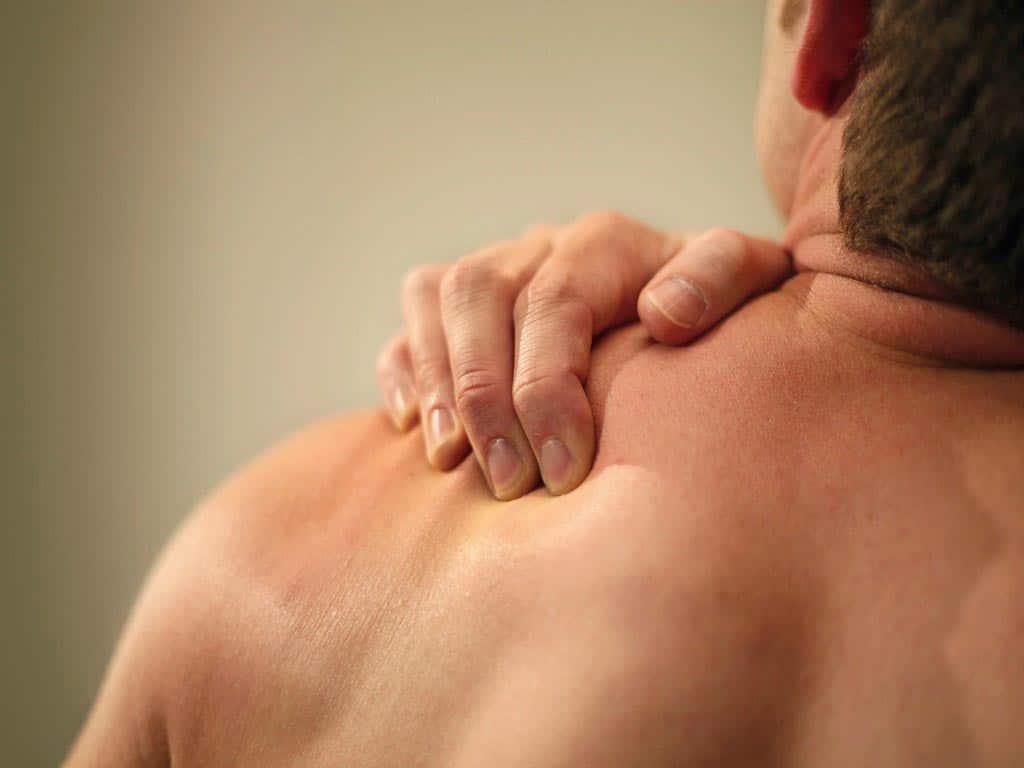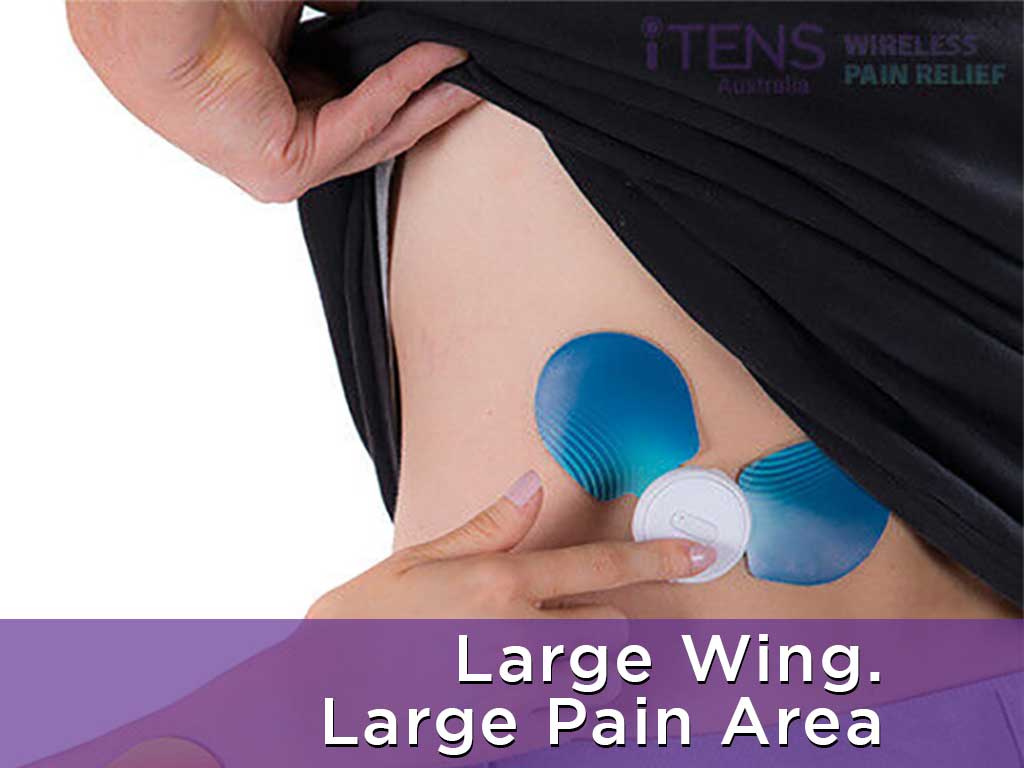
Tight muscles are often the result of an exercise, a bite, or sports injuries. Other possible causes are infections and autoimmune diseases. Although it is not a cause of concern, seeking treatment is essential to alleviate the discomfort. One of the convenient options is Transcutaneous Electrical Nerve Stimulation (TENS). Using a TENS unit for tight muscles can help reduce pain and stiffness. It is easy to operate, involving placing the electrode pads on the affected muscles.
Muscle knots or stiffness can be uncomfortable and even debilitating. It limits the range of motion, which lasts for days or weeks. Fortunately, there are various techniques to relieve the symptoms. For people who do not like taking medications, they may opt for natural remedies like TENS therapy. In this article, we will look at how TENS units work, the pad placement guide, and precautions for safe and effective treatment.
How Does a TENS Unit for Tight Muscles Work?
A TENS unit is a battery-operated device that delivers small electrical impulses to the body through electrodes placed on the skin. These impulses stimulate the nerves and muscles in the area, which can help to reduce pain and promote relaxation. In addition, these devices come in traditional (wired) and wireless (Bluetooth-capable) types.
The TENS unit for tight muscles has various settings that allow users to control the intensity, frequency and duration of the electrical current. Different patterns or modes of pulses can activate different nerve fibres and produce different effects. Some settings focus on pain relief, while others target muscle relaxation or stimulation. It also generates various sensations, such as tingling or tapping, which can help to distract from the pain and provide relief.
Moreover, TENS therapy can provide short-term pain relief or as part of a long-term management plan. It is a non-invasive and drug-free option for managing tight muscles and their associated discomfort. It can also help reverse muscle atrophy and assist in rehabilitation from injury.
Mechanisms of Action
- Pain gating: The Gate Control Theory suggests that certain nerve fibres in the spinal cord act as “gates” for pain signals. External stimuli, such as small electric currents, can cause these gates to close. Thus, during TENS treatment, it induces these nerves to close, blocking pain signals from reaching the brain.
- Endorphin release: TENS therapy can stimulate the release of endorphins, which are natural pain-relieving chemicals. They also help reduce anxiety and improve the sense of well-being.
- Blood circulation: The TENS machine can cause the blood vessels to dilate, boosting the blood flow in the area. This helps to relax the muscles and reduce inflammation.

Pad Placement When Using a TENS Unit for Tight Muscles
The electrode pads are an essential component of the TENS unit. They adhere to the skin, transmitting the electrical impulses from the device to the body. Thus, proper pad placement is crucial for effective relief. Before anything else, make sure to put the pads on clean and dry skin, avoiding any open wounds, broken skin, or infected skin.
In general, the electrode placement of the TENS unit for tight muscles is dependent on the specific muscles that are affected. Additionally, the pads should be positioned parallel to the muscle fibres for optimal stimulation. For large muscle groups, place the electrodes on either side of the affected muscle. Ensure that they are evenly spaced and cover the entire area.
For smaller muscles or trigger points, place one pad directly over the knotted muscle and place another pad nearby or on a muscle that is connected to it. This can target the specific area of tightness and provide localised relief. Consulting with a pain management professional or physical therapist can help determine the proper pad placement for best results.
How to Use the Device
Using a TENS device is easy, and anyone can operate it even without prior experience. Firstly, clean and dry the skin before applying the adhesive electrodes. Remove any oils, lotions, or sweat to ensure optimal adhesion. Next, attach the electrodes to the treatment area and turn on the TENS unit.
Subsequently, adjust the settings according to your desired frequency and pulse duration. It is recommended to start at the lowest intensity and gradually increase to a comfortable level. While in use, it will produce tingling sensations, causing the muscle knots to loosen. Lastly, use the device for 15 to 30 minutes at a time.

Safety Precautions When Using a TENS Unit for Tight Muscles
There are certain safety precautions to follow when using a TENS unit for tight muscles or other chronic pain conditions. It is vital to identify the cause of the muscle pain for optimal treatment. This can ensure the electrical stimulation is directed to the targeted muscle groups. Moreover, avoid sensitive areas, such as the eyes, throat, and heart area.
Furthermore, TENS machines are generally safe, but they can have potential side effects. It may include skin irritation due to the adhesives of the pads. Prolonged use of the device may also cause muscle soreness or fatigue. Remember that overstimulation may make the pain worse. These side effects often disappear after removing the electrodes.
Individuals should also avoid doing certain activities while using the TENS machine. It is crucial not to operate the device while sleeping, as the pads may come off and cause skin burns. Using them while driving, operating machinery, or other activities requiring concentration is also not recommended. Finally, do not use the device in water, as this can cause electrical shocks and other adverse effects.
When to Seek Medical Help?
While TENS therapy can be effective for musculoskeletal pain and other types of pain, it is vital to seek medical help in certain situations. Firstly, consult a healthcare provider if the pain does not alleviate despite using TENS or other conservative treatments. Also, experiencing worsening muscle pain may be an indication of a more serious underlying condition.
Secondly, individuals with heart disease, epilepsy, electrical implanted devices, and pregnant women should consult a health professional before starting any type of stimulation therapy. Lastly, get medical advice if the pain comes with other symptoms, such as numbness, weakness, or loss of bladder or bowel control.
Conclusion
TENS therapy is a non-invasive and drug-free method of pain relief. It can help manage various types of pain, including joint pains, muscle pains, and neuropathic pain. In particular, using a TENS unit for tight muscles can help loosen muscle knots and improve the range of motion. Nevertheless, proper electrode placement is necessary to ensure optimal results. It would involve placing the electrodes on the affected muscles, covering the entire area. However, ensure that the pads are evenly spaced.
It is also important to observe the safety precautions to avoid any potential risks or harm. For instance, always start at the lowest intensity and avoid extreme levels to prevent adverse effects. Moreover, users should always read the instruction manual or consult a pain management professional before beginning TENS therapy. Lastly, TENS does not have the risk of significant side effects or dependency. Therefore, it is safe for everyday relief of sore and tight muscles.




















